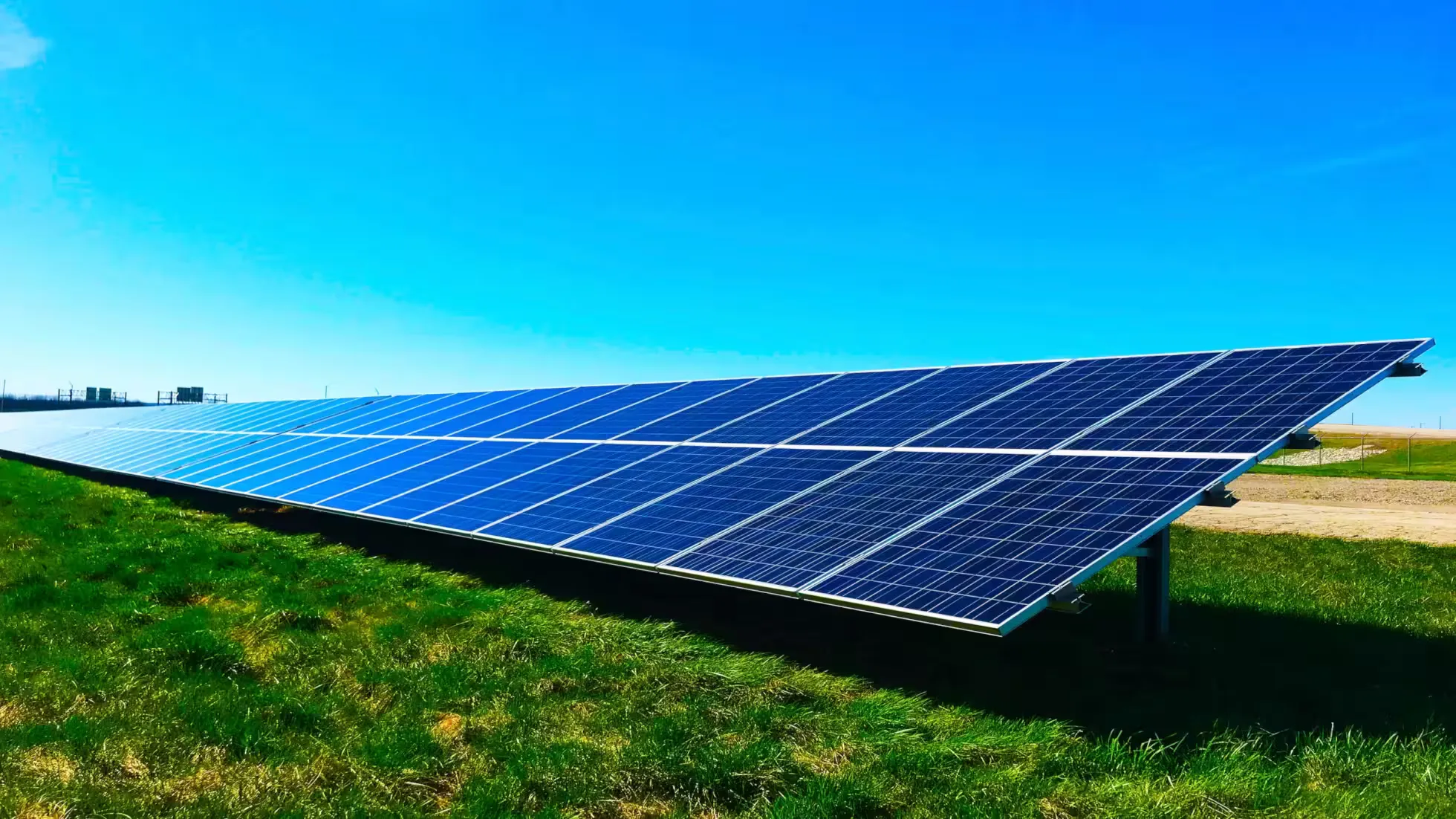Sustainable Agriculture of Agrivoltaics

Agrivoltaics, simply put, involves both crop cultivation and photovoltaic power generation on the same land. This model is becoming increasingly prevalent in modern agriculture and is regarded as a crucial pathway for promoting agricultural modernization due to its advantages in improving land use efficiency and fostering green energy development.
Key Parameters of Agrivoltaics
To successfully implement agrivoltaics, the following key parameters must be considered:
-
Selection of Photovoltaic Modules: Photovoltaic modules are the core components of a solar power generation system. Based on single-unit power, conversion efficiency, cost, technological maturity, and market share, this project selects 550Wp bifacial dual-glass monocrystalline silicon photovoltaic modules.
-
Inverter Selection: Photovoltaic inverters significantly impact power generation, initial investment, operational costs, and power quality. Considering the advanced nature of the modules, the cost per kilowatt-hour, project internal rate of return, and on-site conditions, we chose the EP-3125-HC centralized inverter, using a capacity ratio of about 1.31.
-
Design of Photovoltaic Arrays: The power output of a solar array is related to the intensity of sunlight. When the sunlight is perpendicular to the array, power generation is maximized, and as the angle of incidence changes, power output decreases significantly. Solar tracking devices can keep the photovoltaic array perpendicular to the sunlight for extended periods, maximizing the conversion of solar energy into electrical energy.
Advantages of Agrivoltaics
-
Land Utilization Advantage: The concept of developing agrivoltaic integration projects has emerged, where projects can be located on agricultural land other than basic farmland. By acquiring land through land-use rights transfers, agrivoltaics combines facility agriculture with photovoltaic power generation scientifically, efficiently, and without altering the land use nature, allowing both systems to complement each other.
-
Land Selection for Agrivoltaics: Facility agriculture should maximize the use of undeveloped land such as barren hills and wasteland or idle and low-efficiency land. If farmland is necessary, low-quality farmland should be prioritized, and measures such as topsoil stripping should be used to minimize damage to the topsoil. Occupying basic farmland is prohibited.
-
Project Approval for Agrivoltaics: Facility agriculture and photovoltaic power generation projects should be built on already approved facility agriculture projects. Photovoltaic panels can be installed on the roofs of agricultural facilities without affecting agricultural production or taking up additional land, ensuring no change in land use.
Matching Power Generation and Power Demand
In an agrivoltaic system, the power output of the photovoltaic system should match the total power demand of the agricultural facilities (irrigation, lighting, ventilation, insulation, and monitoring systems), with at least a 10% power surplus. This ensures that the photovoltaic system meets the daily operation needs of agricultural facilities and provides surplus power for other purposes.
Selection of Suitable Crops
In photovoltaic greenhouses, crops with low light requirements, such as shade-loving plants or fungi that do not require sunlight, are selected to reduce the impact of sunlight being blocked by photovoltaic panels.
Construction Process and Design Highlights
From site selection, crop selection, project planning, feasibility study design, preliminary design, construction drawing design, to final project implementation, each step of the agrivoltaic project construction process requires careful planning and thorough consideration. Design highlights include considering the impact of photovoltaic stations on crops, conducting on-site surveys to understand local climatic and growing conditions, consulting agricultural experts for field inspections to determine suitable crops, and focusing on crop sales channels, as well as accounting for adverse effects of crops on photovoltaic station facilities.
Benefit Analysis
Agrivoltaic projects can bring both economic and environmental benefits. For a 1000-acre project with an installed capacity of 20 megawatts, the investment includes land rent, agricultural greenhouse costs, and photovoltaic station construction costs. The revenue comes from annual power generation and greenhouse revenue. A comprehensive analysis shows that this project can recover static costs in about 4.0 years with a return rate of 25%. In terms of environmental benefits, photovoltaic power generation can significantly reduce carbon emissions by about 12,000 tons of CO₂ annually, contributing positively to environmental improvement and global warming mitigation.
Challenges and Solutions
Agrivoltaic projects may face challenges such as high initial investment, reduced photovoltaic electricity subsidies, unknown returns, and reluctance from commercial companies to participate. However, if there is sufficient market return to engage farmers, herders, and companies, these issues can be resolved, and agrivoltaics will not rely solely on government support.
Agrivoltaics is an innovative agricultural development model that not only improves land-use efficiency but also promotes the development of green energy. While it faces many difficulties and challenges, if farmers, herders, and companies can gain sufficient market returns, agrivoltaics can achieve true sustainable development.
Published at: Sep 23, 2024 · Modified at: Sep 2, 2025


